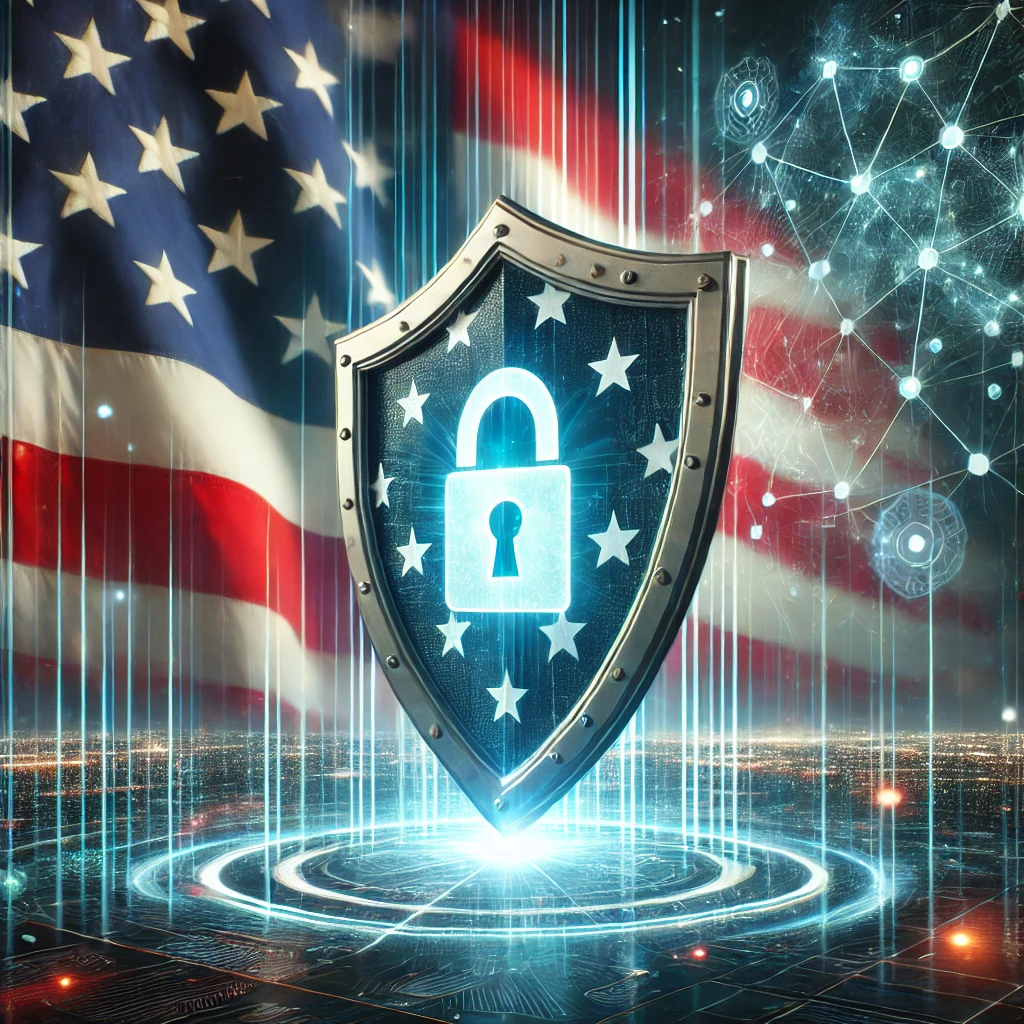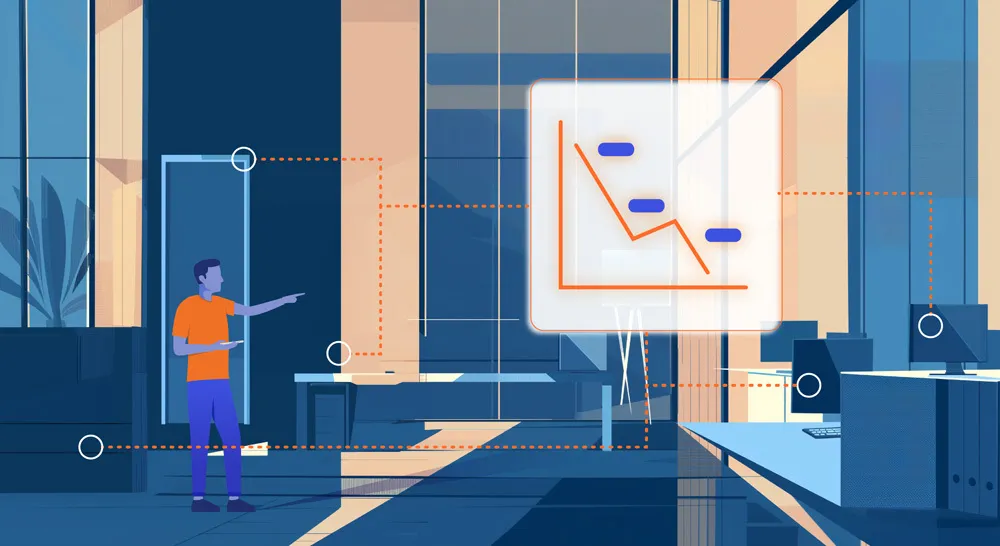
Biden’s Executive Order on Cybersecurity: What It Means for Businesses and Government
On January 16, 2025, President Biden issued a new Executive Order on Strengthening and Promoting Innovation in the Nation’s Cybersecurity—a decisive move aimed at fortifying U.S. digital infrastructure, holding software providers accountable, and securing government networks against escalating cyber threats.
Building on Executive Order 14028 (Improving the Nation’s Cybersecurity) and the National Cybersecurity Strategy, this new directive mandates stronger software security, enhanced cloud protections, and AI-driven cyber defenses to counter adversarial threats, particularly from nation-state actors such as China, Russia, Iran, and North Korea.
Why This Executive Order Matters Now
Cyberattacks targeting U.S. government agencies, private enterprises, and critical infrastructure have increased in both volume and sophistication. These incidents cost billions of dollars, disrupt essential services, and expose sensitive data.
This Executive Order signals a shift from reactive cybersecurity measures to proactive, enforced security mandates. By introducing strict compliance requirements for federal software vendors, strengthening identity security, and investing in AI-driven threat detection, the government is setting new standards for cybersecurity accountability that will impact both the public and private sectors.
Key Highlights of the Executive Order
Strengthening the Software Supply Chain
The federal government relies on thousands of software providers, but many have historically failed to address known vulnerabilities, creating significant security risks. The new Executive Order aims to change this by:
- Requiring machine-readable attestations proving that software vendors follow secure development practices.
- Mandating stronger third-party risk management, ensuring software providers promptly fix known vulnerabilities.
- Establishing continuous verification by CISA, which will monitor compliance and hold vendors accountable.
With compliance deadlines ranging from 30 to 180 days, businesses working with the federal government must act quickly to align their security practices with these new requirements.
Securing Cloud and Open-Source Software
Federal agencies increasingly depend on cloud-based infrastructure and open-source software, which introduces unique security challenges. The Executive Order addresses this by:
- Strengthening cloud security frameworks and enforcing FedRAMP compliance for government cloud providers.
- Requiring federal agencies to actively track and patch vulnerabilities in open-source software before deployment.
These new mandates mean that cloud service providers and software vendors must demonstrate compliance with updated security standards to maintain federal contracts.
Implementing Zero Trust and Stronger Authentication
To combat identity-based cyber threats, the Executive Order prioritizes the transition to Zero Trust Architecture (ZTA) and advanced authentication methods:
- Federal agencies must adopt phishing-resistant authentication, such as WebAuthn and passwordless security models.
- CISA will enhance real-time threat monitoring across federal networks, improving visibility and response times.
- New encryption requirements will secure government email, DNS traffic, and communication channels against cyber espionage.
The goal is to reduce unauthorized access risks by enforcing modern security protocols that eliminate reliance on traditional passwords.
AI-Powered Cyber Defense
Artificial intelligence is emerging as a crucial tool in identifying and mitigating cyber threats at scale. The Executive Order directs federal agencies to:
- Launch AI-driven cybersecurity pilot programs to automate threat detection, vulnerability analysis, and incident response.
- Invest in AI security research, ensuring AI-generated code and models are resistant to cyber threats.
- Explore AI-enhanced cyber resilience for critical infrastructure, cloud services, and federal networks.
This emphasis on AI-driven security opens new opportunities for AI firms, cybersecurity startups, and federal contractors developing advanced threat detection technologies.
Cybersecurity for Space and Critical Infrastructure
Space systems are increasingly at risk from cyber threats, and the Executive Order takes a forward-looking approach by:
- Mandating cybersecurity standards for NASA, NOAA, and other space agencies.
- Requiring continuous security testing for satellite and space-based communications.
- Strengthening cyber resilience in power grids, water utilities, and transportation systems.
With space technology now integral to national security and economic stability, these measures aim to prevent cyberattacks on critical space assets and communications infrastructure.
What This Means for Businesses
For federal contractors, cybersecurity vendors, and cloud providers, the implications of this Executive Order are clear:
- Software developers must now provide security attestations and ongoing compliance reporting.
- Cloud service providers must demonstrate adherence to updated FedRAMP security standards.
- Businesses leveraging open-source software must actively monitor, assess, and mitigate vulnerabilities.
- AI-driven cybersecurity firms have new opportunities to partner with the government on advanced security initiatives.
The clock is ticking, with compliance timelines as short as 30 days for initial requirements and up to 180 days for full implementation. Organizations that fail to meet these mandates risk losing federal contracts and facing heightened regulatory scrutiny.
Final Thoughts: A Cybersecurity Turning Point
The Executive Order marks a new era of cybersecurity governance, emphasizing accountability, proactive threat defense, and AI-powered innovation.
For businesses, this means that cybersecurity is no longer an optional investment—it is a mandated priority. Organizations must act swiftly to meet these evolving security requirements or risk being left behind.
The federal government is raising the bar for cybersecurity standards, setting a precedent that will likely influence private sector security policies, software development best practices, and AI-driven security innovations worldwide.
How is your organization preparing for these cybersecurity changes? CYPFER is committed to helping organizations adapt to these new cybersecurity mandates with confidence. With a global, 24/7 incident response team and deep expertise in digital forensics, ransomware recovery, and threat intelligence, CYPFER ensures businesses can meet heightened security expectations while minimizing operational disruptions. As cybersecurity regulations tighten, proactive defense and rapid response are more critical than ever. Organizations must not only comply but also be prepared for the inevitable. With a relentless focus on recovery and resilience, CYPFER provides the expertise and support needed to protect critical assets and maintain business continuity in an increasingly hostile cyber environment.
Your Complete Cyber Security Partner:
Every Step, Every Threat.
At CYPFER, we don’t just protect your business—we become part of it.
As an extension of your team, our sole focus is on cyber security, ensuring your peace of mind. From incident response and ransomware recovery to digital forensics and cyber risk, we integrate seamlessly with your operations. We’re with you 24×7, ready to tackle threats head-on and prevent future ones.
Choose CYPFER, and experience unmatched dedication and expertise. Trust us to keep your business secure and resilient at every turn.

Get Cyber Certainty™ Today
We’re here to keep the heartbeat of your business running, safe from the threat of cyber attacks. Wherever and whatever your circumstances.
Contact CYPFER





